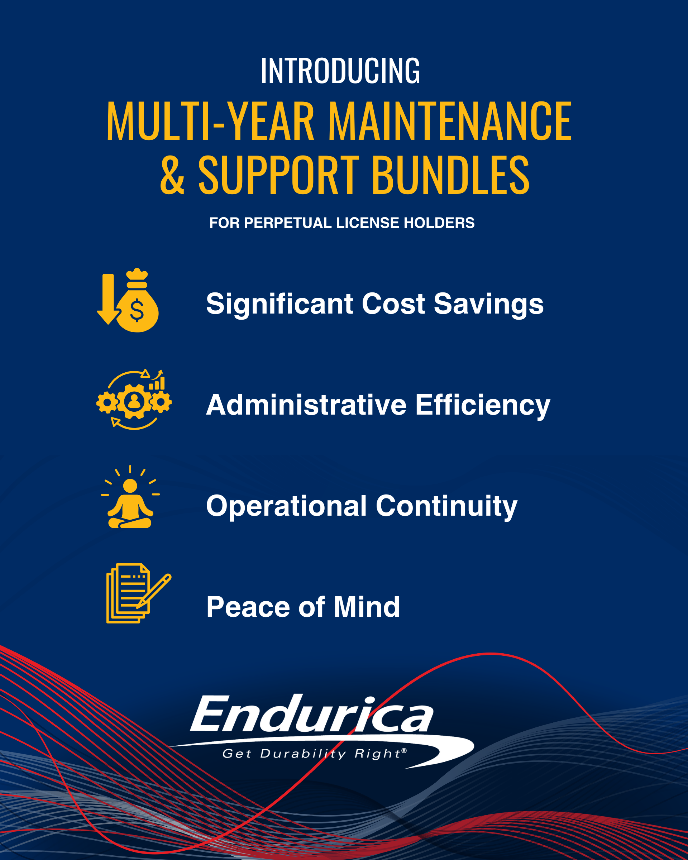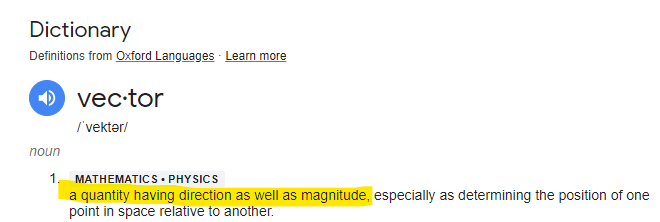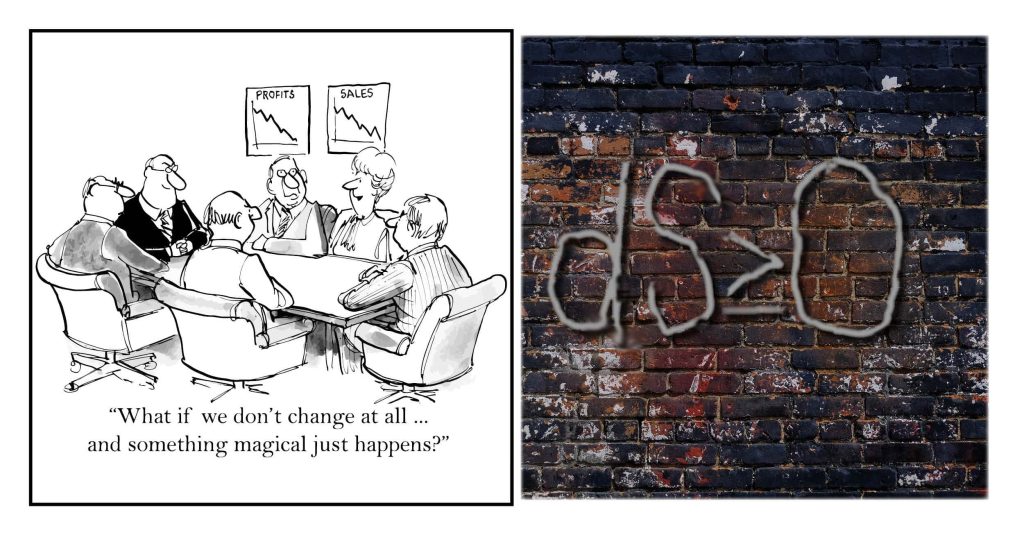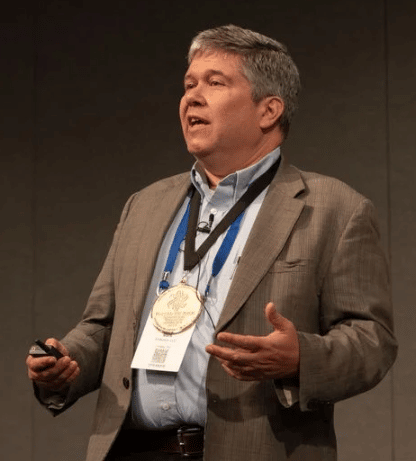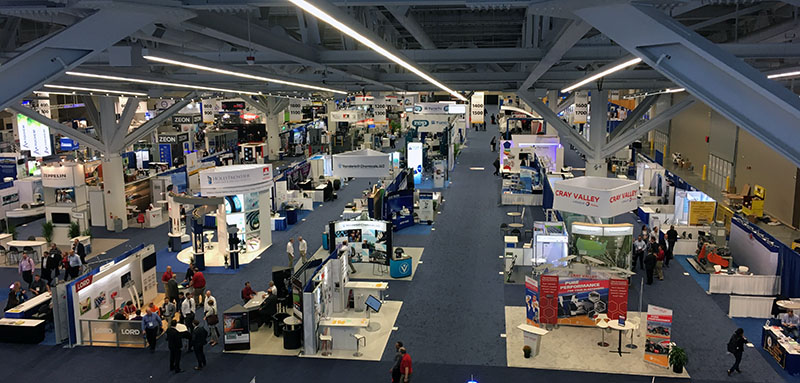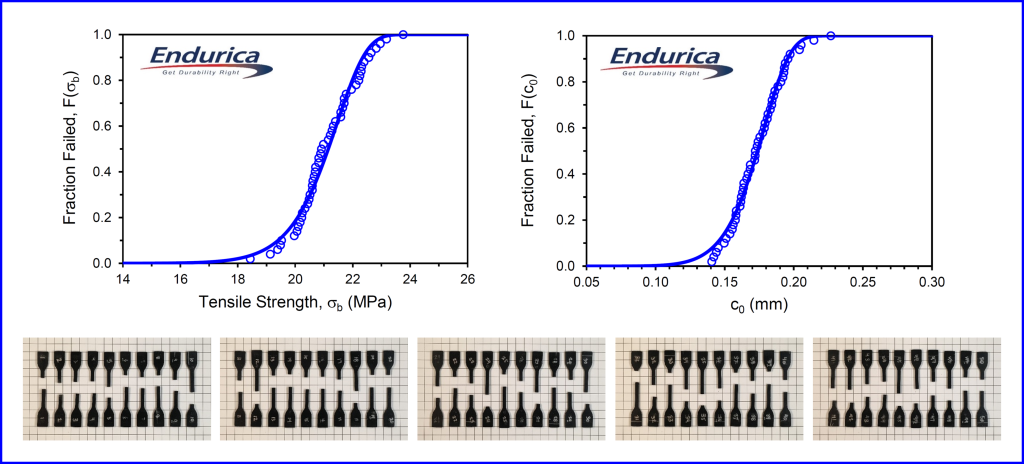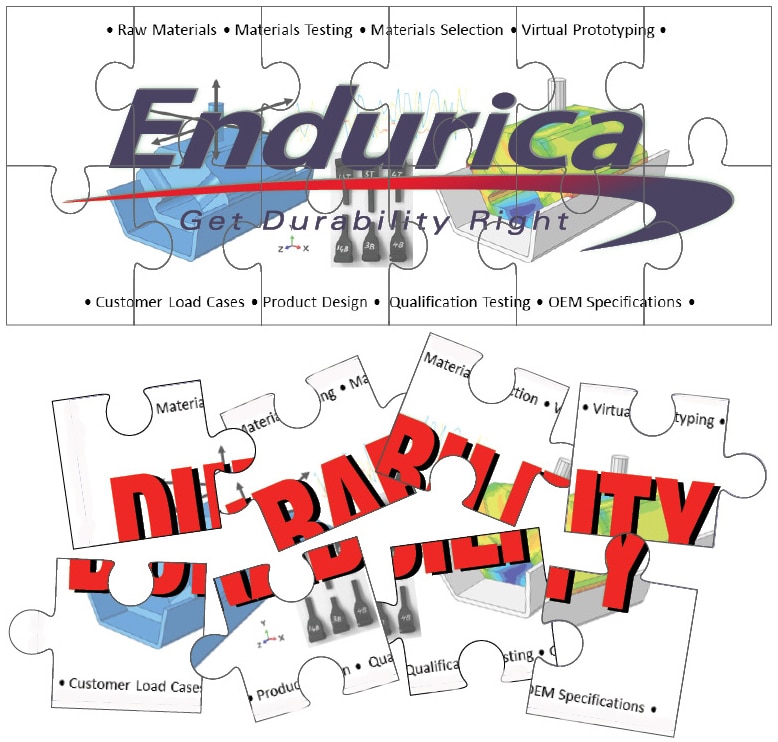Endurica is committed to building long-term, strategic relationships that support our clients’ success well beyond the initial purchase of a software license. In response to... Continue reading
- We Offer
Elastomer Durability Analysis Solutions
Discover the Science Behind Elastomer Fatigue
Take your designs to the next level with models tailored specifically for rubber materials.
- Industry Solutions
- Resources
- About
- Contact
2023 marked year 15 for Endurica. If I had to pick one word to describe the past year, that word would be “vector”. Because magnitude... Continue reading
“We have always done it this way.” No longer simply a hated phrase, this statement is a warning of impending disaster. Entropy – the disorder... Continue reading
William V. Mars, Ph.D., P.E. 2022 Harold Herzlich Award Winner Acceptance Speech at ITEC 2022, Akron, Ohio on 15 September 2022 Three key takeaways from... Continue reading
2 Minute Read | 400 Words I ran a marketing consulting business for 30 years before joining Endurica and tried to save clients from learning... Continue reading
So, you’ve got a tricky durability problem to solve, a budget, and a deadline. Let’s look at a helpful framework for sorting which Endurica workflows... Continue reading
“I tell my suppliers to use you all the time.” – Exact words from an engineer in charge of purchasing key components for a major... Continue reading
A brand promise of durability (i.e. fitness for service over a suitable period) doesn’t mean much unless it is delivered reliably (i.e. with high consistency). ... Continue reading
Ever thought about what it takes to deliver the durability you expect from products you use? Durability reflects the combined sum of many decisions made... Continue reading
When people ask me what Endurica does I tell them: You give us a computer file of one full use cycle of your design –... Continue reading
Showing 1–10 of 13 posts
Recent Posts
- Multi-Year Maintenance & Support Bundles for Perpetual License Holders
- Engineering Failure Analysis — published in affiliation with European Structural Integrity Society
- Taming the Tarmac: Simulating Tire Durability on the Nürburgring
- Rubber Fatigue ≠ Metal Fatigue Part 3: Thermal Effects
- 4-in-1: Community Conference
Categories
No comments to show.
© 2025 Copyright Endurica LLC
Website Designer iGo Sales and Marketing, Inc.

